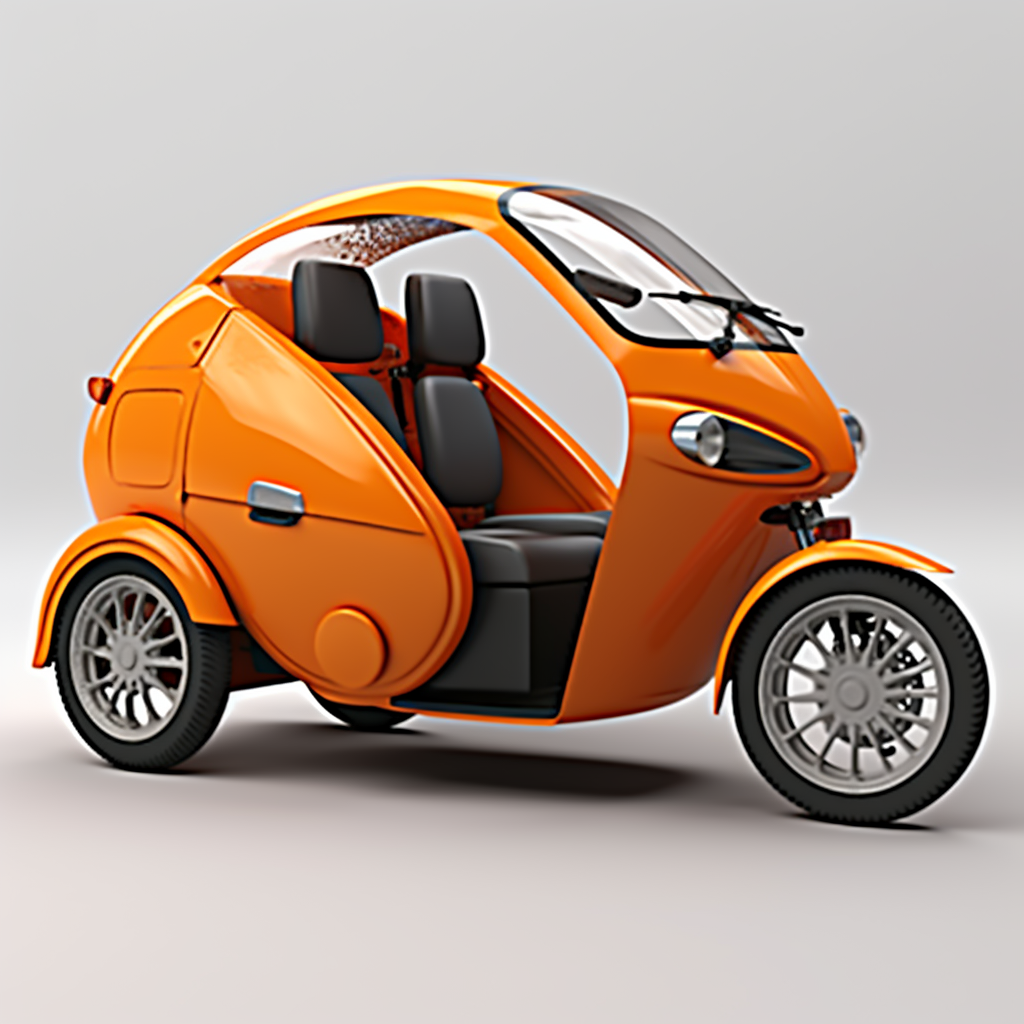Accessibility and Comfort in Personal Micro Vehicles
Personal micro vehicles — compact, often electric pods and microcars — are gaining attention for their potential to improve mobility and accessibility in dense urban areas. This article examines design, safety, charging, and the practical trade-offs these vehicles present for inclusive, comfortable short-distance travel.

Personal micro vehicles are a growing category of transportation that sit between traditional mobility scooters, bicycles, and full-sized cars. Designed for short urban trips, many are electric and emphasize compact design, low operating costs, and a smaller footprint on city streets. For people who need greater accessibility and comfort than a conventional scooter or bicycle can provide, cabin-style micro vehicles offer weather protection, seating, and simple controls while aiming to remain easy to use and park.
How do micro vehicles fit into urban mobility?
Micro vehicles can fill niche roles in urban mobility by offering a flexible option for one- to two-person trips. Their compact footprints reduce curbspace demand and can ease congestion when they replace larger cars for short commutes. Planners see potential in integrating these vehicles into multimodal systems, pairing them with public transit for first-mile and last-mile journeys. For people with limited mobility, cabin scooters and enclosed pods can make short urban trips safer and less physically demanding than walking or using a bicycle.
What makes electric cabin scooters practical?
Electric drivetrains are common in micro vehicles because they match the short-range, stop-start patterns of city travel. Electric power adds quiet operation, lower maintenance, and zero tailpipe emissions at the point of use, which supports urban sustainability goals. Battery systems are sized for the expected use case, balancing range with weight and cost; lightweight design and efficient powertrains help keep these vehicles practical for daily local use without requiring the same infrastructure as larger EVs.
How do these vehicles change daily commute habits?
When people choose compact electric microcars or pods for commuting, typical patterns shift toward more frequent, shorter trips rather than consolidated driving. For commuters who travel alone or with one passenger, a micro vehicle can make door-to-door journeys faster and less stressful, especially in dense districts where parking for full-size cars is limited. These vehicles are also appealing for mixed commutes—ride public transit for the long haul, then use a micro vehicle or dockless pod for the last mile—improving overall accessibility for different user groups.
How does compact design aid accessibility and comfort?
Compact design in cabin scooters concentrates ergonomic controls, seating, and protection from the elements into a small package. That helps people with limited mobility who need supportive seating, easy ingress and egress, and intuitive controls. Thoughtful interior layout and adjustable seating can increase comfort on short trips, while a low step-in height, wide doors, and secure handholds improve independence. Designers often prioritize visibility and simple interfaces to reduce cognitive load for users with varied abilities.
What safety considerations apply to pods and microcars?
Safety for micro vehicles spans active systems, passive protection, and regulatory classification. Because many microcars operate at lower speeds, pedestrian and cyclist interactions are frequent; clear signaling, good visibility, and durable bumpers help reduce minor collisions. Structural design should include reinforced cabins and energy-absorbing zones where feasible. Designers also focus on stability—three-wheel layouts and narrow tracks present different handling traits than four-wheel cars. For inclusive safety, controls and displays must be accessible to users with differing sensory and motor abilities.
A practical consideration for prospective buyers and fleet operators is real-world cost and ownership expectations. Purchase price, battery replacement, charging setup, and local registration or licensing requirements all affect total cost of ownership. Below is a concise comparison of representative micro vehicles and small electric pods to illustrate approximate market options and typical features.
| Product/Service Name | Provider | Key Features | Cost Estimation (if applicable) |
|---|---|---|---|
| Microlino | Microlino AG | Compact two-seat microcar, enclosed cabin, lightweight EV design, urban-focused range options | €14,000–€18,000 (approx.) |
| Citroën Ami | Citroën | Ultra-compact quadricycle, low-speed urban use, simple controls, minimal footprint | €6,000–€7,500 (approx.) |
| Renault Twizy | Renault | Two-seat tandem layout, small EV powertrain, compact parking footprint | €7,000–€10,000 (approx.; availability varies) |
| Arcimoto FUV | Arcimoto | Three-wheeled light electric vehicle, open or semi-enclosed cabin, higher power for longer urban trips | US$17,000–US$20,000 (approx.) |
Prices, rates, or cost estimates mentioned in this article are based on the latest available information but may change over time. Independent research is advised before making financial decisions.
What are typical charging and range expectations?
Charging and range depend on battery size and intended use. Many micro vehicles prioritize short urban ranges—often between 50 and 200 kilometers—because their users rarely require long-distance travel. Charging can often be done from standard household outlets, though faster public or dedicated home chargers shorten downtime. Fleet operators or frequent users may invest in Level 2 charging to reduce turnaround time. Range planning should consider climate and accessory loads (heating, lights), which can reduce effective range in real-world conditions.
The appeal of cabin scooters and microcars comes from a pragmatic mix of accessibility, comfort, and urban suitability. While they do not replace full-size cars for all purposes, they offer a compelling alternative for short trips, especially when combined with broader mobility networks and smart urban design. As design, safety features, and charging options continue to evolve, these vehicles are likely to play a growing role in inclusive, sustainable urban transport.






